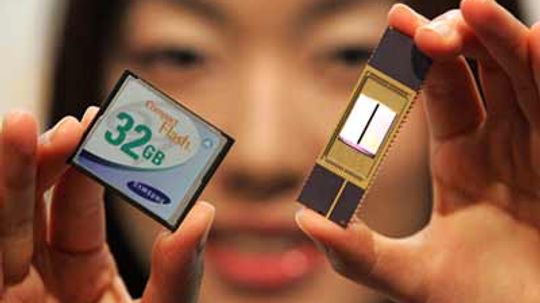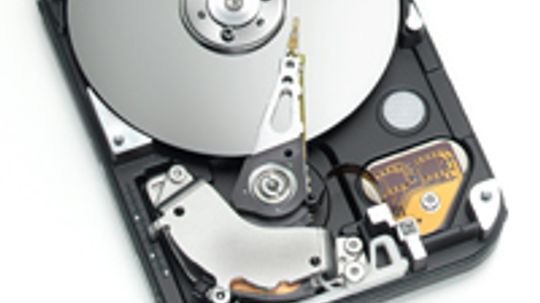Prepare to have your mind blown as we delve into the intricate world of flash memory, an innovation that has revolutionized the way we store and access data. Brace yourself for a rollercoaster ride through technical jargon and a fiery New York City English accent, as we unravel the mysteries behind this culturally diverse creation.
The Enigma Unraveled: A Closer Look at Flash Memory’s Inner Mechanisms
Buckle up, folks! We’re about to embark on a wild journey deep into the heart of flash memory technology. Picture this: tiny cells storing information in binary code, with each cell representing either a 0 or 1. These cells are organized into pages, forming blocks that make up our beloved flash memory devices.
But wait, there’s more! The magic lies in how these cells retain their precious data even when power is cut off. It all comes down to trapped electrons – yes, you heard me right – trapped electrons within floating gate transistors. When voltage is applied during programming or erasing operations, these little troublemakers tunnel through an insulating layer onto the floating gate and voila! Data is stored or erased like it’s nobody’s business.
Now here comes the kicker: wear leveling algorithms ensure that no single block gets overused while others remain idle. This fancy technique spreads out write and erase operations across different blocks to prolong our dear flash memory’s lifespan. Talk about fairness!
A Cultural Melting Pot: How Flash Memory Transcends Boundaries
You might be wondering what cultural diversity has got to do with flash memory? Well my friend, let me enlighten you! Flash memory owes its existence not only to brilliant minds but also to the diverse backgrounds of its creators. From Silicon Valley tech wizards to Tokyo’s electronic gurus, this technological marvel is a testament to the power of cultural exchange and collaboration.
But it doesn’t stop there! Flash memory has transcended geographical boundaries and infiltrated every corner of our lives. It powers our smartphones, stores our precious memories in digital cameras, and even enables space exploration by storing critical data on spacecrafts. This little wonder knows no limits!
The Bitter Truth: The Dark Side of Flash Memory
Hold onto your hats because we’re about to expose the not-so-pretty side of flash memory. As much as we adore this technology, it does have its flaws – just like any New Yorker you’ll meet on the street. One major drawback is limited endurance; these cells can only withstand a finite number of write and erase cycles before they start throwing tantrums.
And let’s not forget about those pesky errors that creep up when least expected! Program disturbs, read disturbs, or simply bad blocks can turn your beloved flash memory into an infuriating nightmare. But fear not! Engineers are constantly working their magic behind the scenes to mitigate these issues and keep us sane.
In Conclusion: A Journey Through Flash Memory’s Wonders and Woes
As we bid farewell to this whirlwind tour through flash memory’s inner workings, one thing becomes clear – this technological masterpiece has forever changed the way we store information. From its intricate mechanisms that defy logic to its ability to transcend cultural boundaries, flash memory stands tall as a symbol of human ingenuity.
So next time you whip out your smartphone or capture a breathtaking moment with your digital camera, take a moment to appreciate the wonders (and occasional frustrations) brought forth by flash memory technology – a true marvel of our time.









